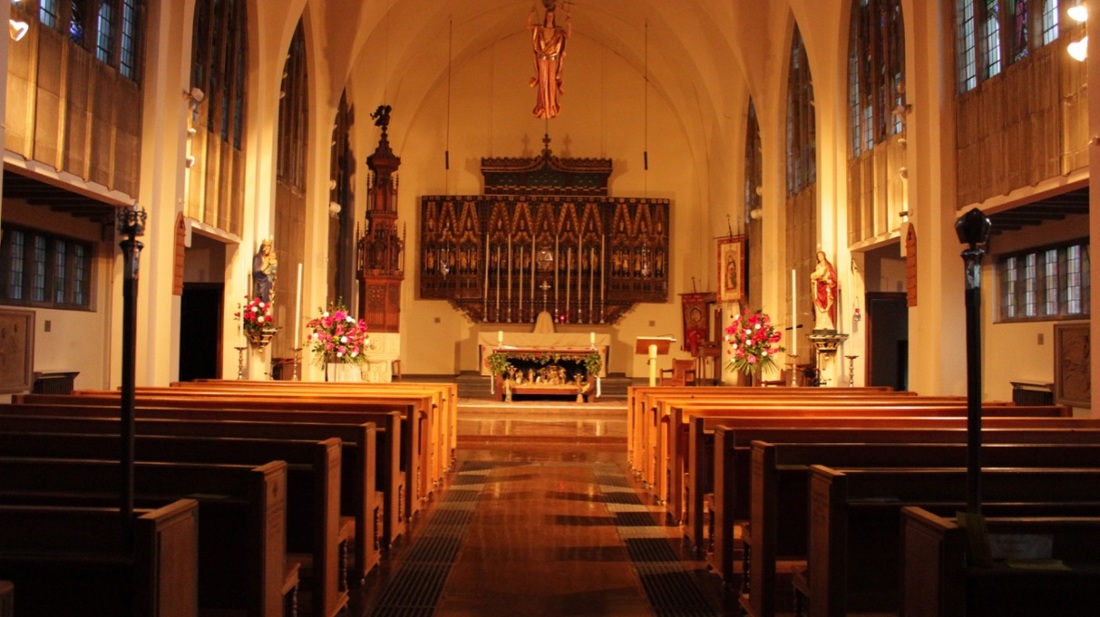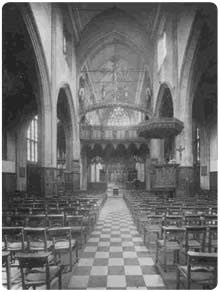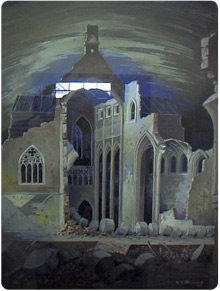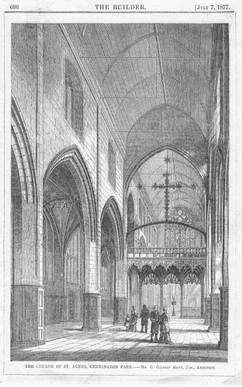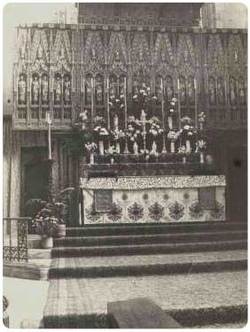About UsSt Agnes, Kennington Park is a Church of England parish church and we worship here in the catholic tradition. This means that the sacraments are very important to us, particularly the Mass and Holy Baptism. At Mass we receive the body and blood of Our Lord Jesus Christ made present in the bread and wine consecrated through the liturgical action of priest and people. At Holy Baptism we are born again in the Spirit and begin our journey of faith by being incorporated into the life of the Church.
|
What happens in Church? |
We use Church of England liturgy and traditional catholic elements of liturgical practice such as incense, sacred vestments, devotions to Our Lady and all the saints, the lighting of votive candles, and the Reservation of the Blessed Sacrament in a Tabernacle on the High Altar. Children are welcome at all services and we run a flourishing Sunday School. Mass is also celebrated in the Lady Chapel every weekday. Preaching the Word of God is also important to us and at a weekly Bible Study members of the congregation seek to deepen their knowledge of the scriptures
|
